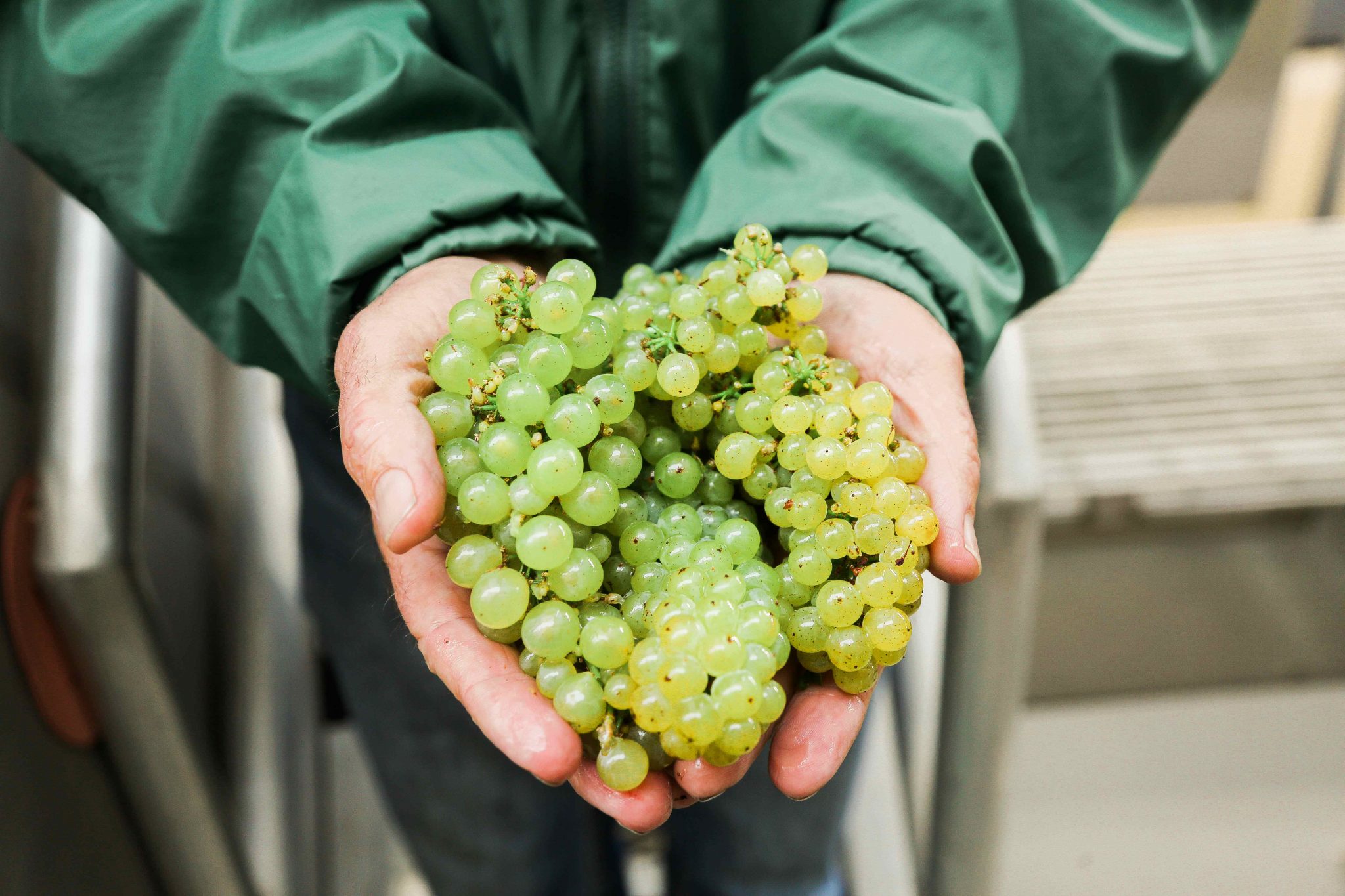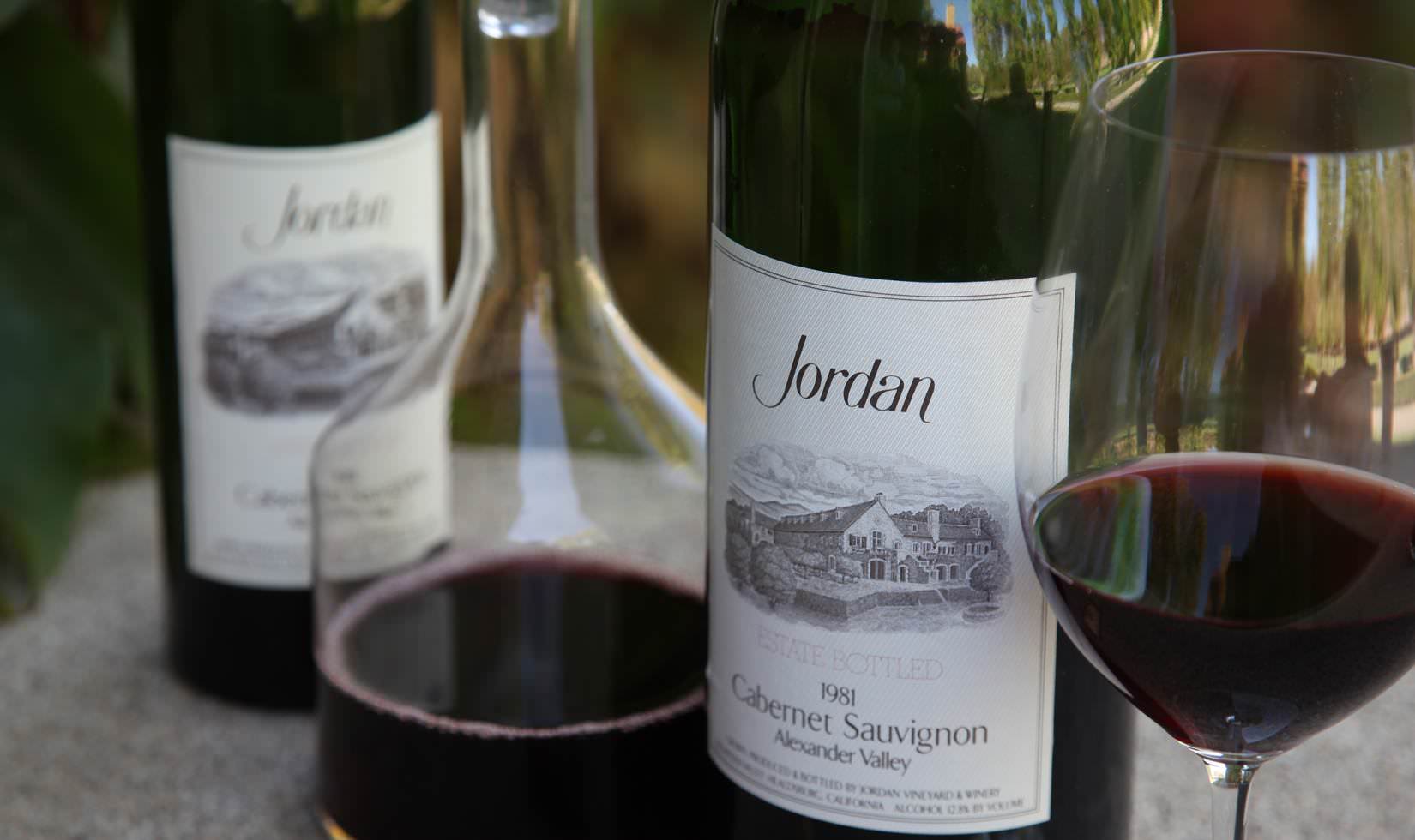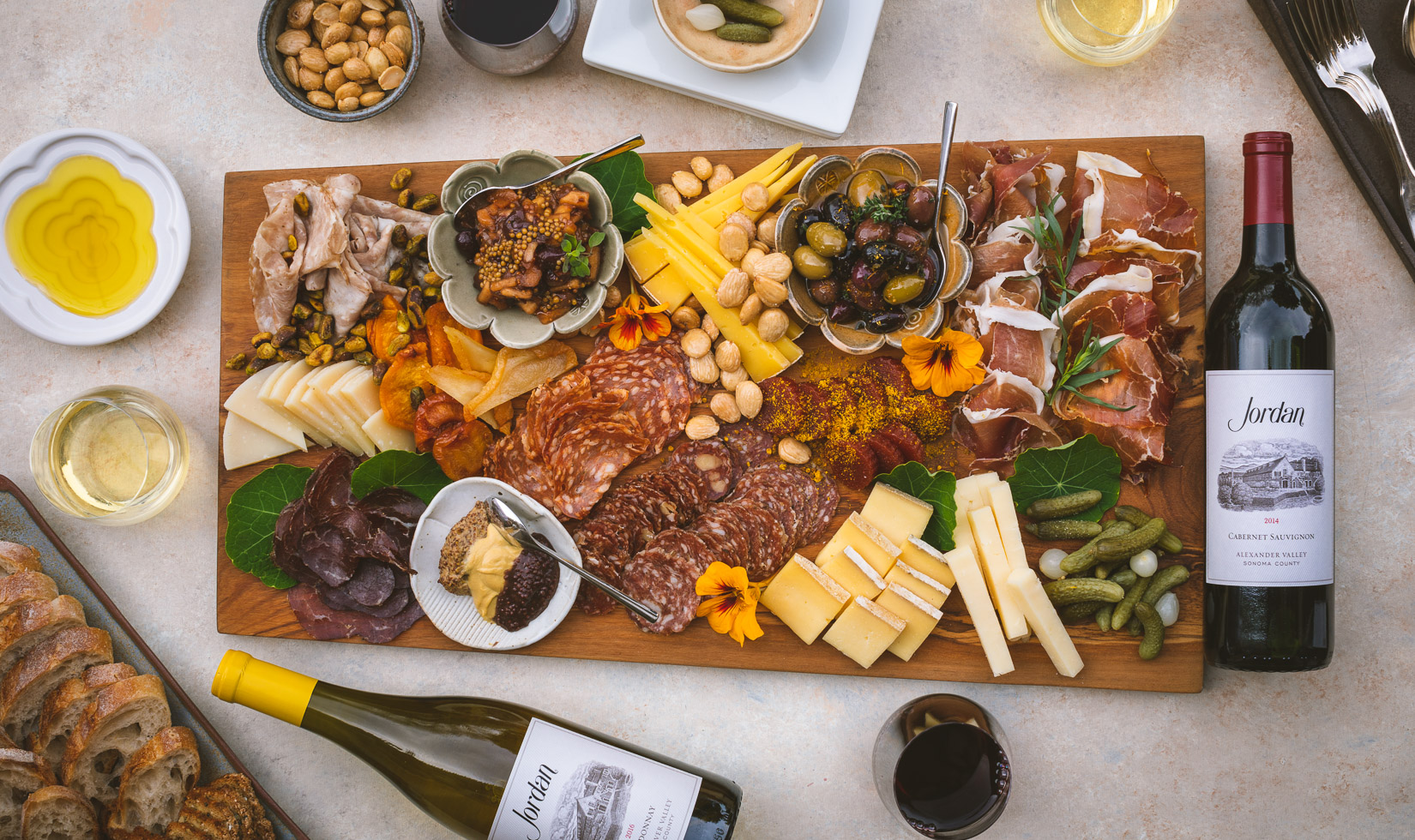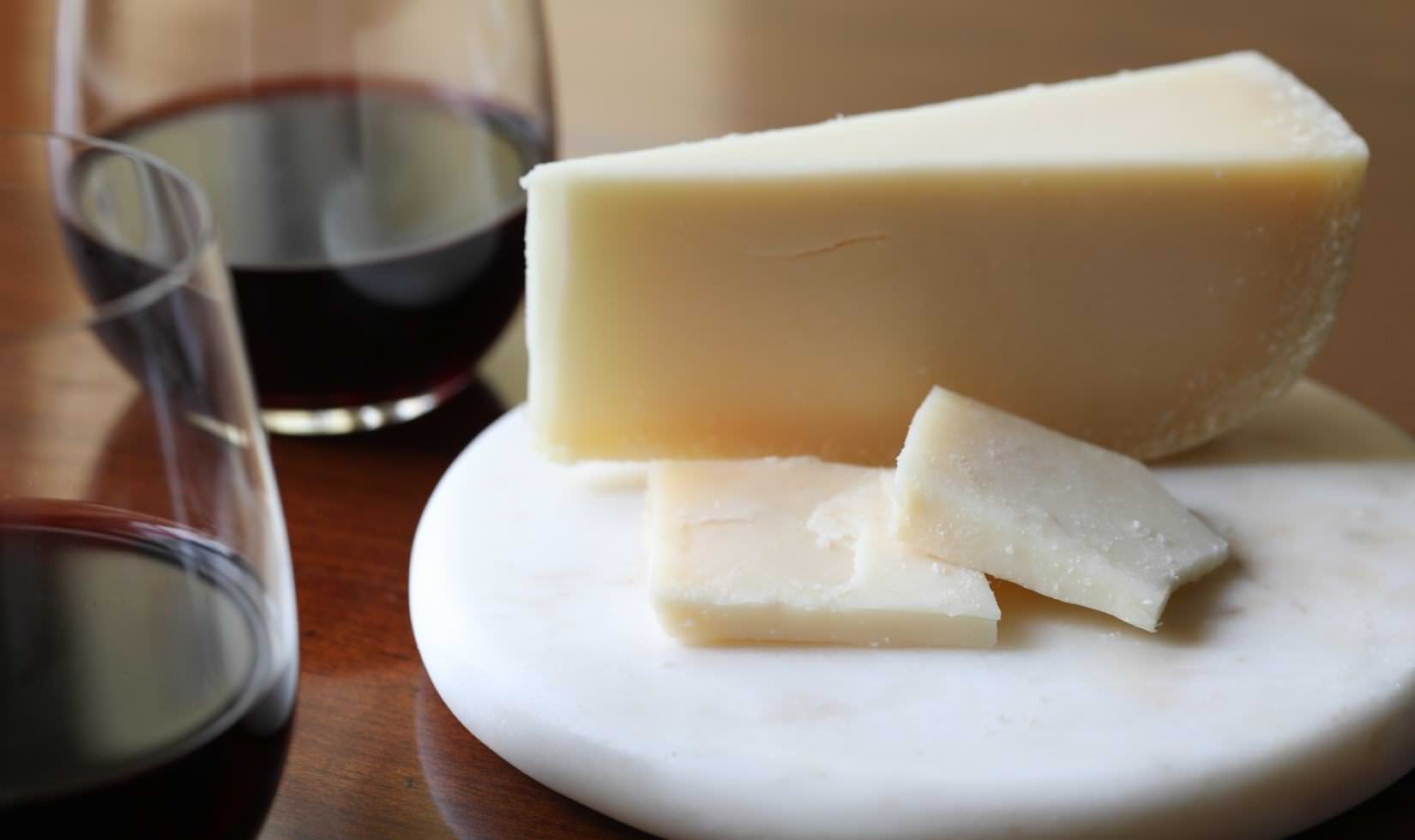With 40 harvests under his belt, Winemaker Rob Davis knows his way around the vineyard … and the cellar. Here are his top four chardonnay secrets—approaches used to spotlight the fruit, freshness and minerality in Jordan’s singular chardonnay to create a balanced white that has sommeliers and wine lovers alike questioning its origin.
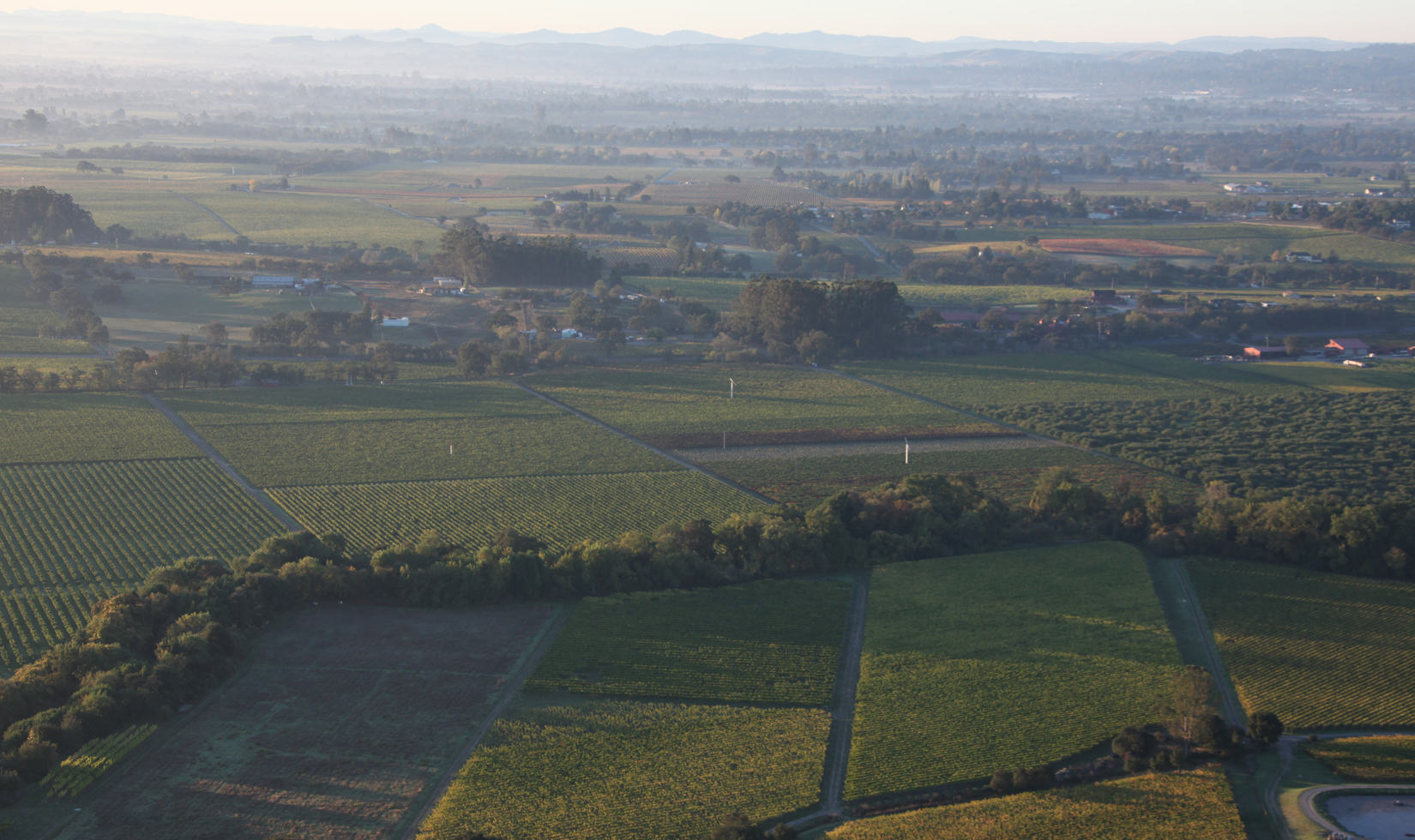
Staying cool
The Russian River Valley wine region’s foggy, cool coastal influences create a natural air-conditioning for vineyards during spring, summer and fall. This allows the grapes to develop full flavor maturity over an extended growing season, sometimes up to 20 percent longer than neighboring Sonoma County wine regions. These weather patterns are ideal for cool-climate varieties, particularly chardonnay—the famed white grape of France’s Burgundy region—affording grapes an uncommon depth and richness while still maintaining bright, natural acidity. When Davis matches the cool-climate-loving chardonnay grape with gravely, well-draining soils along the river, the result is grapes that are fresh and lively, with crisp acidity to add length and complexity. The exposed gravel in the soils also imparts elegance and minerality to the wine.
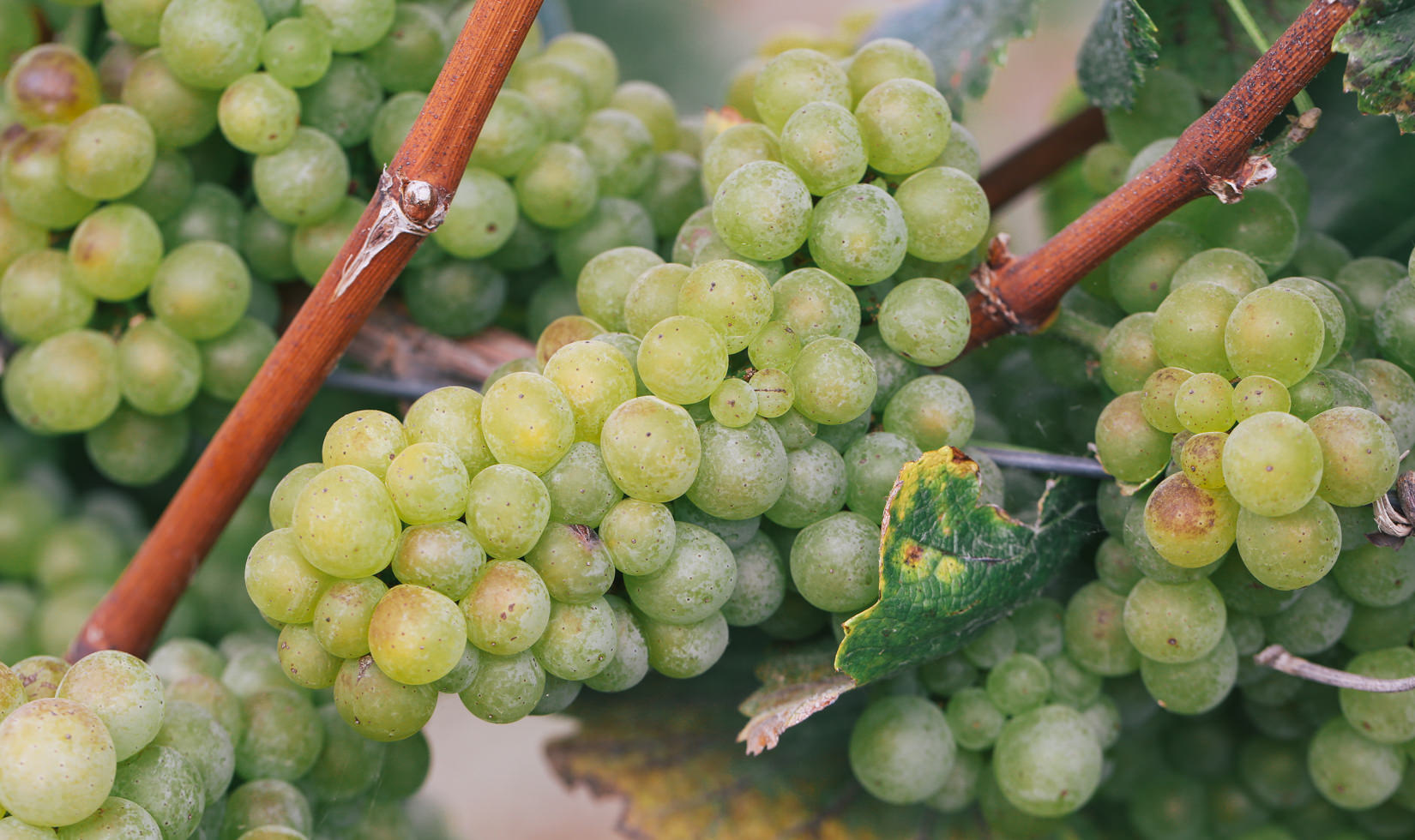
Balancing the grapevine
When it comes to crop size, less can be more in the vineyard. Having an intimate understanding of each vineyard’s optimal number of clusters per vine—not too many or too few—yields a better wine. “Too much fruit leads to weak flavors and going too extreme with lower tons per acre makes the vine focus energy away from the fruit and into growing a vigorous canopy,” Davis says. “Under-cropping also leads to less fruitful buds the following year.” Davis spends twice as much time in our Russian River Valley chardonnay grower vineyards than Jordan Alexander Valley Cabernet Sauvignon grower vineyards to help give the additional attention chardonnay vines need so that the precise amount of clusters remain and ripen perfectly throughout the summer. Jordan Ranch Manager Brent Young has also taken over farming for two prized grower vineyards—a decision that costs more than letting the grower tend to the vines but allows for the ultimate control over grapevine uniformity and fruit quality. A balanced vine means a balanced wine.
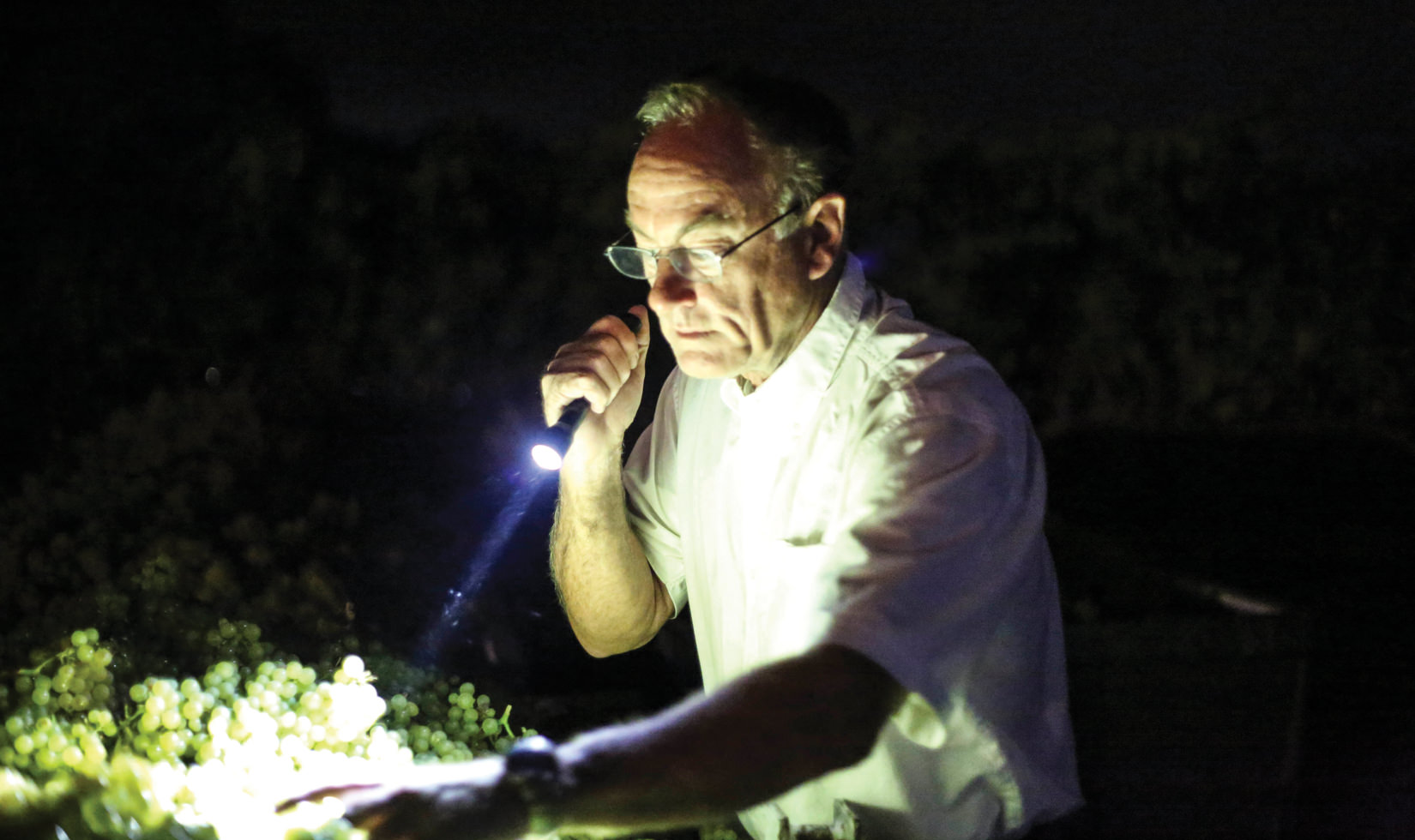
Harvesting for purity
Night harvests create cooling magic for the chardonnay from Jordan’s growers. Starting at midnight, floodlights illuminate vineyards where workers gather plump bunches of grapes. By dawn, temperatures can drop to the 40s. When those chilly clusters are pressed, they release heady aromas of apples and pears. “Harvesting in the coldest hours preserves acidity and elevates both aroma and flavor. You see the purity of fruit coming through,” says Davis, who calls himself “a humble student of chardonnay” even though he has been making wine at Jordan Vineyard & Winery since 1976—a rarity in California. Night harvesting by hand is also more expensive, but the resulting elevation in vibrant flavors, bouquet and acidity is worth it for Jordan. Quality without compromise is our mantra.
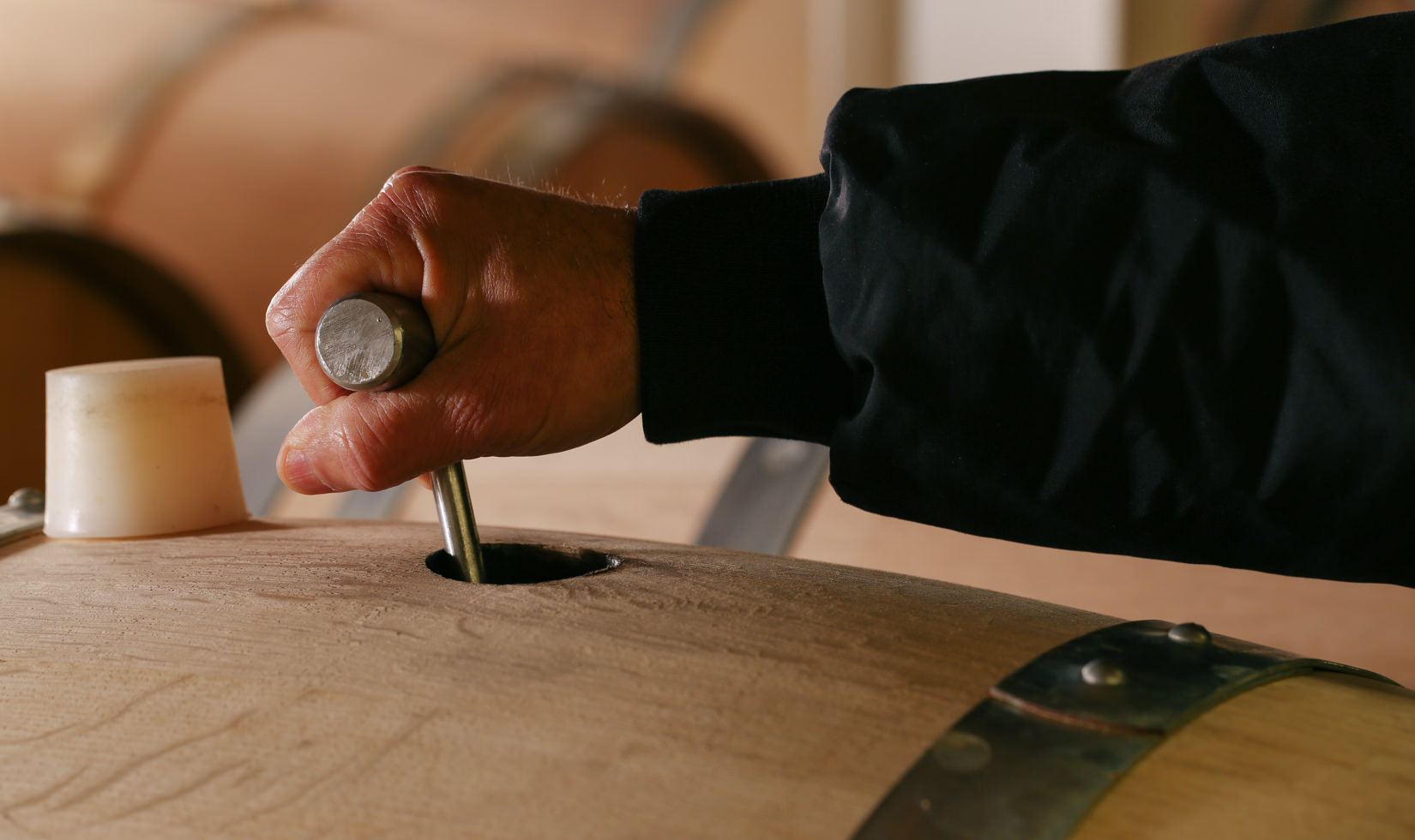
Being gentle in the cellar
Chardonnay is the puppet of wine grapes: thin-skinned and easily manipulated. Davis has always resisted the big, buttery style of chardonnay, choosing to focus on techniques of subtlety that protect the fragile fruit intensity of Chardonnay while minimizing the grape’s penchant for bitterness. Jordan Chardonnay receives the lightest touch of French oak, the barrels carefully chosen from fine-grained woods that impart nuanced flavor and structure, and malolactic fermentation and bâttonage are employed judiciously. “Our focus is to intensify the fruit and also give beautiful balance in the palate,” Davis says. “Too much brass and percussion in the wine, and you can’t hear its violins and woodwinds.”
All this attention to detail underscores the winemaking philosophy that has guided Jordan since the inaugural 1976 vintage: craft wines of balance and elegance that can stand with the best in France. The 2014 Jordan Russian River Valley Chardonnay showcases a dream vintage with moderate weather and no heat spikes. Flavors of Fuji and green apple play off fresh Meyer lemon and lime zest, sustained by vibrant acidity. A creamy midpalate glides to a lingering finish, with a juicy succulence that makes you want to take another sip.

